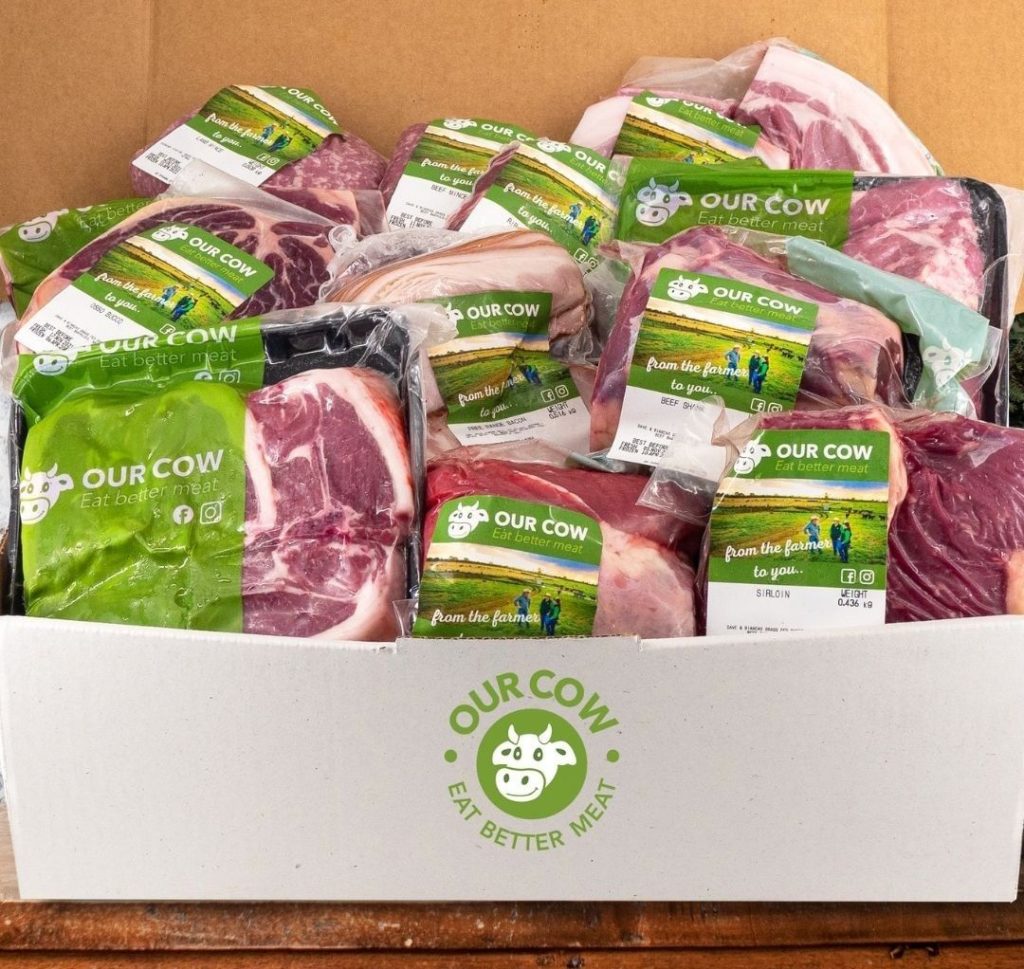Consumer trends drive positive change
There’s no denying that the world has changed irrevocably in the past two years. But the ongoing effects of the COVID pandemic have shifted more than just our attitude towards personal health. Never before has the consumer been more aware of the importance of food security. This awareness has led to a global push for greater transparency surrounding food production and supply. But food security also involves protecting our precious natural resources. This means environmental concerns are increasingly influencing consumer purchasing decisions. We decided to dig deeper into these issues, digesting some pretty interesting market research findings from global and local experts that outline the drivers and trends that will be shaping consumer food choices in 2022.

The conscious consumer
A shared sense of responsibility towards the health of the planet is guiding the choices that consumers make. A study by Innova Market Insights conducted across eleven countries shows that when it comes to food choices, the top two environmental actions people are taking are reducing waste (43% of respondents) and eating in moderation (32%).
“One of the biggest shifts we’re seeing is that the health of the planet is now the top concern of consumers,” says Innova’s Global Insights Director Lu Ann Williams. “Personal health has been the big concern for the past few years; consumers now tell us this has been surpassed by global issues. Sustainability might not be the top purchase driver for all consumers, but for many, it clinches the deal when it comes to choosing products.”
Australian fast-moving consumer goods (FMCG) executive recruitment agency ELR Executive’s FMCG Leadership Predictions 2022 report also highlights environmental concerns as one of the top motivators driving consumer choice. According to the report, the most noticeable changes are with consumers switching to goods with a lower carbon footprint in production (17%) and goods that produce fewer carbon emissions (19%).

The COVID effect
Unsurprisingly, the pandemic has led to a greater focus on personal health. According to Ernst & Young’s (EY) Future Consumer Index, the impact of COVID has created a noticeable shift in consumer priorities. Fifty-seven percent of respondents to EY’s Consumer Index Survey want to make healthier choices in their product purchases; 43 percent say “what’s good for me” will be the most important factor influencing their purchase decisions.
As part of this, the popularity of organic farming is picking up pace across the world. People are now choosing to switch from foods farmed using pesticides to organically farmed produce. This is despite the fact that organic food usually costs more.
Food shortages and supply chain issues caused by COVID have also led to consumers choosing local produce in more significant numbers than ever before. More consumers are opting to shop at their local farmers’ market or paddock-to-plate farmer-owned food services. These operations have shorter supply chains. As such, they’ve been able to maintain supply throughout the recent food shortage crisis.
Shoppers wishing to avoid crowded stores are also continuing to opt for online purchasing. According to ELR Executive’s report, online shopping will grow at a slower pace this year as lockdowns have lifted. However, it will still account for around 17 percent of retail sales.

Immune reaction
COVID fears have also led to an explosion in demand for foods that strengthen the immune system. In particular, a greater understanding of the link between gut health and the immune system means more consumers are seeking products that benefit the microbiome.
According to data from multinational food processing company ADM, the consumer approach to supporting a healthy gut has evolved. It’s moved from reactive (seeking foods to alleviate discomfort) to proactive. The focus is now on seeking tailored and customised prebiotic, probiotic and postbiotic solutions to boost gut health.

Transparency is key
ADM’s research also highlights an increase in consumer demand for “clean” products. Today’s shopper is consistently searching for foods and drinks containing real, simple ingredients that can help to promote a healthy and sustainable lifestyle. This has led to a desire for transparency across the entire product life cycle. People want to know where their food is from and how it’s made, packaged and transported. This is also influenced by the effects of COVID. Consumers are placing an increased emphasis on learning where their food comes from to try and ensure the health of themselves and their families.
Consumers are also becoming more sophisticated and informed in their understanding of the products they buy. According to a report by market research firm FMCG Gurus, 58 percent of global consumers say they’ll be more attentive to locality claims as a result of COVID. As a result, more manufacturers will be using digital methods such as blockchain technology to provide consumers with information about a food product’s provenance.

The power of plants
Innova insights also show that the plant-based movement continues to push into the mainstream, expanding into new regions and categories. But while veganism and vegetarianism are on the rise, the flexitarian movement is growing even faster. Innova research shows that 60 percent of global households now eat meat-free meals at least once a week. Plant-based products are also diversifying to meet demand, moving well beyond the core meat and dairy alternative categories. Strong growth has been seen in plant-based products such as sauces and dressings, prepared meals, spreads and snacks.
Consumer desire for product variety is also shaking up manufacturers’ choice in ingredients. There’s a growing interest in more sustainable protein crops, such as legumes and marine plants such as algae. Advanced fermentation technology is also allowing protein production from such unlikely sources as yeast, wood and even the air itself. In the United States, Air Protein says it has mixed CO2, oxygen and nitrogen with water and minerals to create a nutrient-rich flour with the same amino acid profile as animal protein.
Investment is also advancing technologies for cultured meat production, believed by many to be the future of meat supply. But while lab-grown meat can compete with plant-based products on the environmental front, it will still fall short with health-conscious customers.
Want more on consumer food trends in 2022? Check out these predictions from the experts at natural health education provider Endeavour College.









